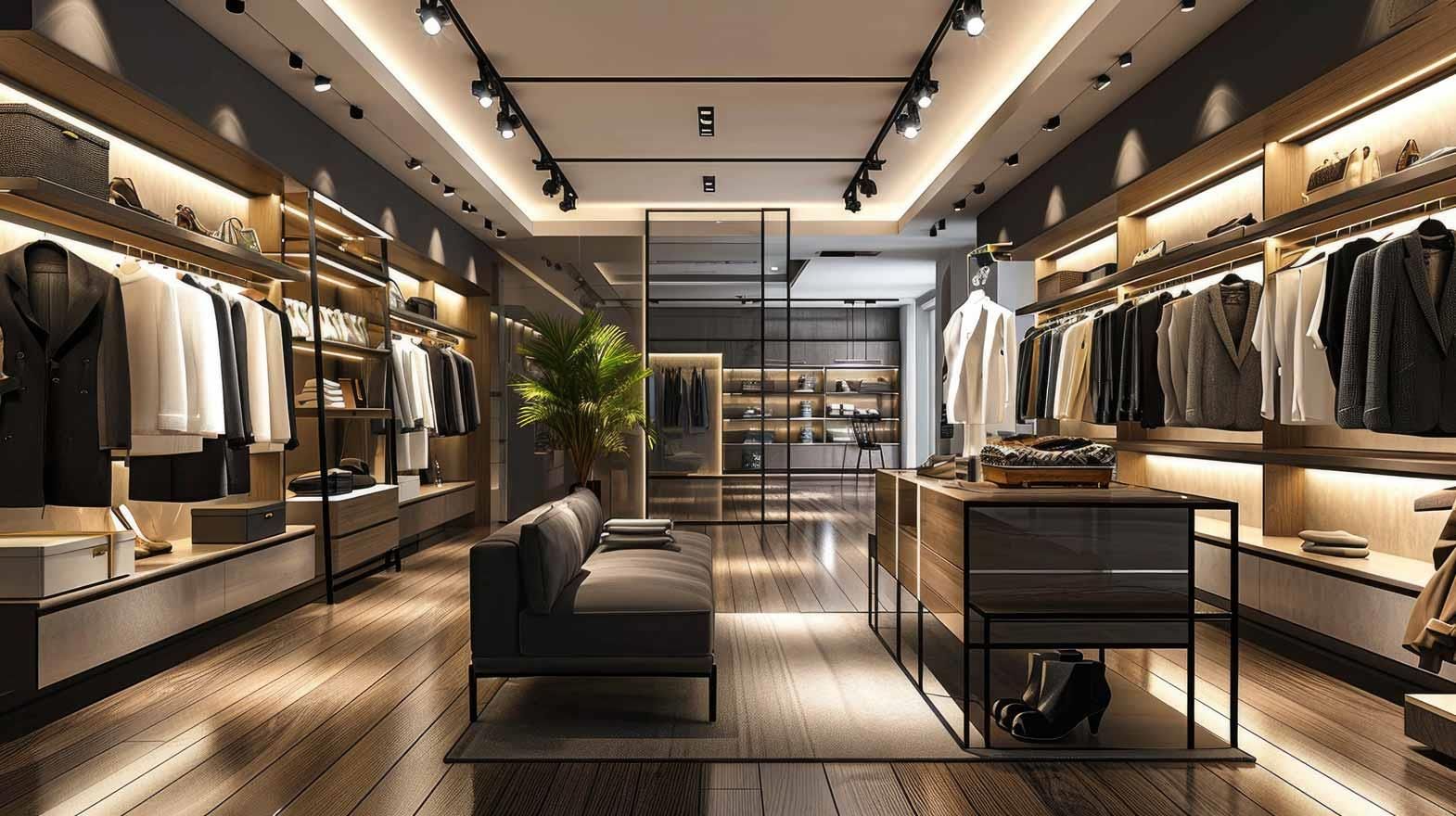Apparel retail brands besides producinga trendy collection every season in order to keep consumers interested alsoneed to give exciting offers and services to increase sales and improvecustomer satisfaction. One popular way of not just keeping the sales robust butalso building customer relationship is using loyalty programs or rewards systemin apparel retail. These programs are moving beyond the horizon of providingjust points and rewards on purchase of a certain amount of clothing.
Loyaltyprograms have been an age old mechanism of pulling consumers. From Airlines togrocery stores every industry has made use of the opportunity it beholds. Untilnow these programs were held by big brands and large retailers but today evensmall and local businesses, boutiques, and online only stores are following thetrend. Customers have a wallet full of loyalty and membership cards belongingto brands and different apparel retailers. This is proof enough that loyaltyprograms work and such schemes do bring customers back to the store, be itphysical or online, back, time and again.
Accordingto a survey done by Access Development, loyalty programs are progressing at therate of 26.7 percent and 84 percent consumers agreed that they were more likelyto visit a retailer with good loyalty programs in the U.S. The same researchalso quoted that loyalty programs can increase market share of a brand bytwenty percent. As a result of another research finding it is known that thecost of acquiring a new customer is up to five times higher than retaining anexisting one.
Loyaltyprograms may be defined as "structured marketing efforts that reward andencourage loyal buying behavior, which is potentially of benefit to thefirm". The loyalty programs are a mixed bag of offers, discounts, limitededition clothes, or an entry to review the latest collection first hand or passto fashion events. When consumers go through a decision journey of buying aproduct, they start narrowing down from a wide range of options. Having loyaltypoints is certainly one of them and has a huge influence in framing a purchasedecision. But the processing of loyalty programs also is extremely vital. Thereis a lot of data that is made available which is significant for analyzing andstudying details about consumers like the demographics, consumer preferences,payment options, and purchase patterns. Retailers can use such information tocompare and study online stores versus brick and mortar stores.
Luxurybrand retailers have better extensions to loyalty programs, which are not abouttransactions merely, but are also about providing a good shopping experience ora service. Luxury apparel brands take keen interest in knowing their customersand their lifestyles, and hence these customers have a strong relationship witha representative of the company. Customization and personalization is the keyto building a strong connect and communication with the brand, which in turntranscends into repeat business and pulls customers back again and again.
There are many retailers who already are providing their customers with an exclusive shopping experience. Nordstrom organizes a member's only sales for customers participating in loyalty programs all around the year and treats them with snacks and champagne. Moreover, buying clothes in such events doubles their loyalty points. Saks Fifth Avenue offers free home delivery and bonus points to its online shoppers. Other services provided to customers belonging to the loyalty club are valet parking services, a personal-assistant, consulting from in-store stylists, and free home delivery after alterations to name a few by different brands.
There is certainly a wave of change brought-in in the apparel retail segment by high-end garment brands by creating a win-win for both the consumers and themselves. It is no more a marketing strategy for cashing in and generating just sales through loyalty programs. By providing genuine loyalty programs, which are benefitting both sales and customers, retailers can connect on three levels: firstly, the customer receives rewards for engaging in the program; secondly, the retailer or brand gets in touch directly via e-mail designed according to the requirements of the customer, and lastly, through a feedback, a two-way communication can be achieved.
With technology at disposal to retailers, a huge amount of data can be gathered and analyzed to find deeper consumer insights, preferences, and behaviors. Using such information retailers can measure the engagement level and data of loyalists to build stronger relationships. Moreover, it also makes it easier for retailers to segment consumers and develop relevant programs or offerings to target them. However, retailers and brands need to take care of not pushing customers to share too much information which might seem intrusive, but rather keep it personal.
Loyalty programs can be money spinners for retailers and money savers for consumers provided they are tailor made for specific target shoppers and provide a little more in the form of value added services rather than just offers and discounts to their customers.
References:
1. Hbswk.hbs.edu
2. Apparel.edgl.com
3. Evins.com
4. Apeejay.edu
Image Courtesy:
1. Loyalmark.com








Comments